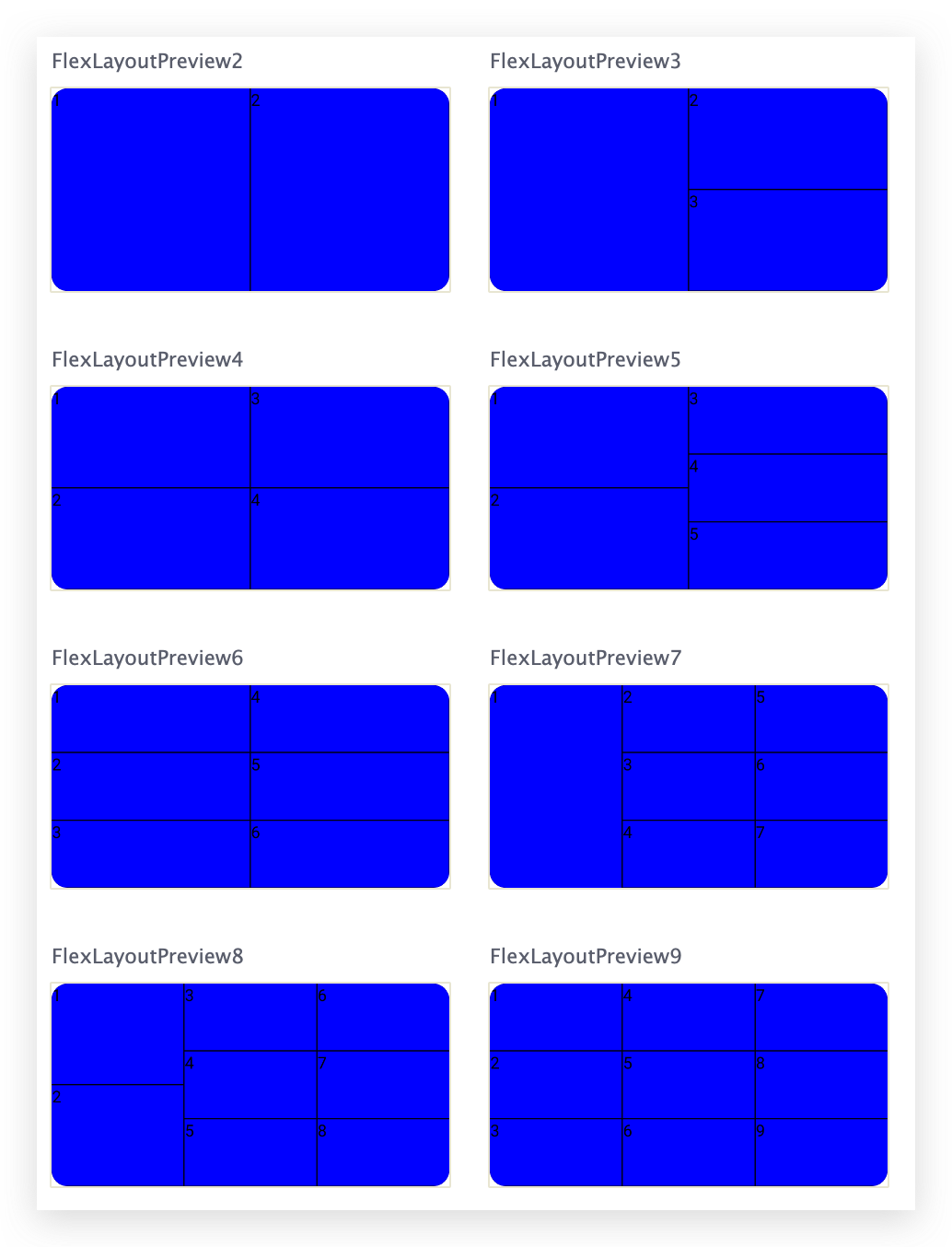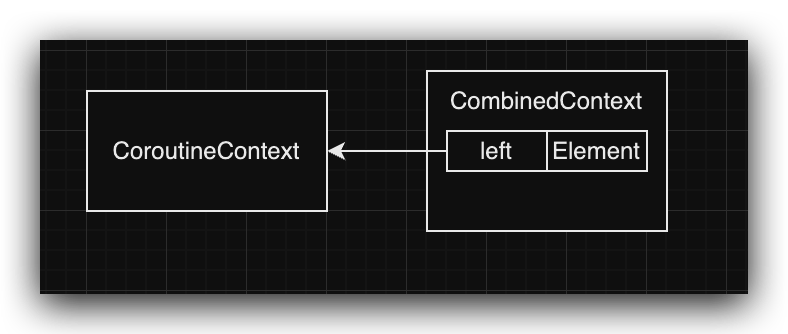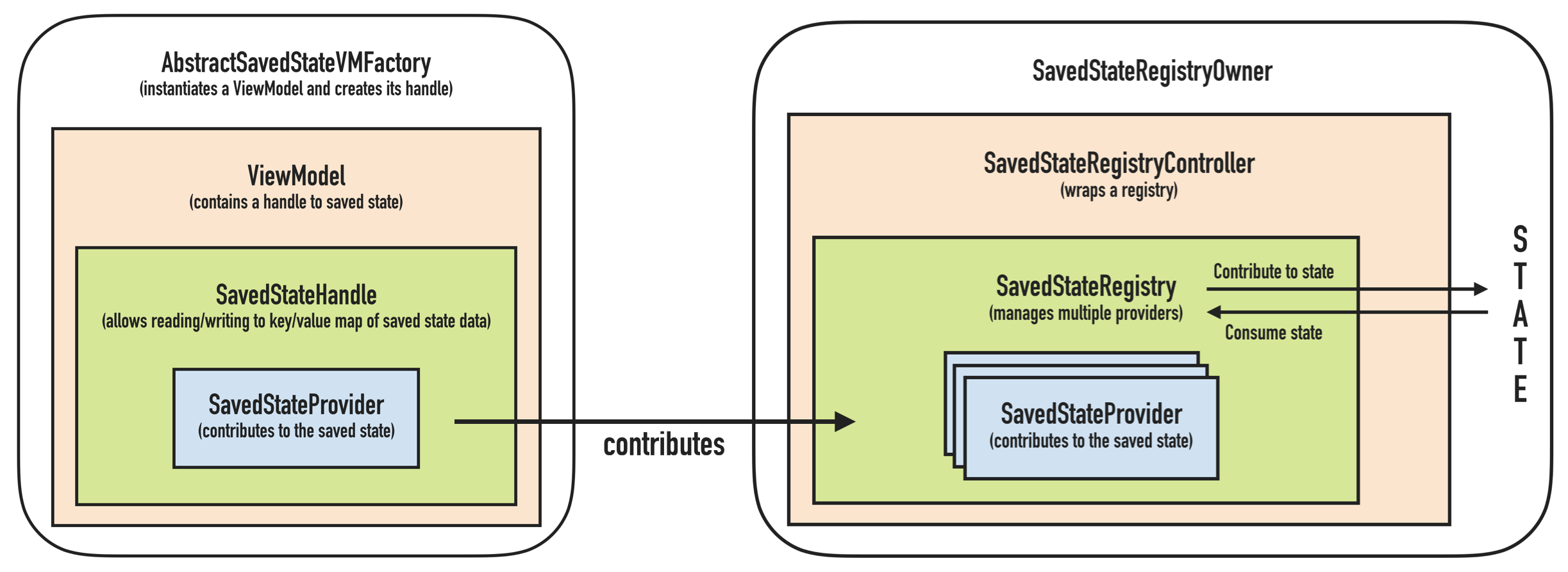LinkedList 是有序双向链表,本文分析其源码和实现原理。
定义 1 2 3 public class LinkedList <E> extends AbstractSequentialList <E> implements List <E>, Deque<E>, Cloneable, java.io.Serializable
LinkedList 继承了 AbstractSequentialList,实现了 List, Deque, Cloneable, Serializable 接口。
初始化 要使用一个 LinkedList,首先我们要初始化它。
查看源码发现 LinkedList 有两个构造方法:
1 2 3 4 5 6 7 8 9 10 11 12 13 14 15 16 17 18 19 20 21 22 23 24 25 26 27 28 transient int size = 0 ;transient Node<E> first;transient Node<E> last;public LinkedList () {} public LinkedList (Collection<? extends E> c) { this (); addAll(c); }
一个初始化完毕的空 LinkedList 拥有三个属性:第一个节点first,最后一个节点last和大小size。
另一个重载方法调用了addAll方法将集合元素添加到链表。
Node 结构 Node 类保存了节点当前元素,前一个节点和下一个节点的引用。
1 2 3 4 5 6 7 8 9 10 11 private static class Node <E> { E item; Node<E> next; Node<E> prev; Node(Node<E> prev, E element, Node<E> next) { this .item = element; this .next = next; this .prev = prev; } }
常用方法解析 node(int index) 该方法是此类的一个重要方法,用于查找对应 index 位置的节点。如果 index 在链表前一半,则从 first 一个个向下遍历找出节点;否则从 last 一个个向前找出节点。
1 2 3 4 5 6 7 8 9 10 11 12 13 14 15 16 Node<E> node (int index) { if (index < (size >> 1 )) { Node<E> x = first; for (int i = 0 ; i < index; i++) x = x.next; return x; } else { Node<E> x = last; for (int i = size - 1 ; i > index; i--) x = x.prev; return x; } }
添加元素 add(E e), add(int index, E element), addFirst(E e), addLast(E e) add方法是 List 接口的方法,addFirst和addLast是 Deque 接口的方法。
代码都非常简单,链接到表头或末尾时,检查相邻元素,若为 null 则此元素既是 first 又是 last。
1 2 3 4 5 6 7 8 9 10 11 12 13 14 15 16 17 18 19 20 21 22 23 24 25 26 27 28 29 30 31 32 33 34 35 36 37 38 39 40 41 42 43 44 45 46 47 48 49 50 51 52 53 54 55 56 57 58 59 60 61 62 63 64 65 66 67 68 69 70 71 72 73 74 75 76 77 78 79 80 81 82 public boolean add (E e) { linkLast(e); return true ; } public void add (int index, E element) { checkPositionIndex(index); if (index == size) linkLast(element); else linkBefore(element, node(index)); } public void addFirst (E e) { linkFirst(e); } public void addLast (E e) { linkLast(e); } private void linkFirst (E e) { final Node<E> f = first; final Node<E> newNode = new Node <>(null , e, f); first = newNode; if (f == null ) last = newNode; else f.prev = newNode; size++; modCount++; } void linkLast (E e) { final Node<E> l = last; final Node<E> newNode = new Node <>(l, e, null ); last = newNode; if (l == null ) first = newNode; else l.next = newNode; size++; modCount++; } void linkBefore (E e, Node<E> succ) { final Node<E> pred = succ.prev; final Node<E> newNode = new Node <>(pred, e, succ); succ.prev = newNode; if (pred == null ) first = newNode; else pred.next = newNode; size++; modCount++; }
addAll(Collection<? extends E> c), addAll(int index, Collection<? extends E> c) 添加集合所有元素到列表的两个重载方法。
1 2 3 4 5 6 7 8 9 10 11 12 13 14 15 16 17 18 19 20 21 22 23 24 25 26 27 28 29 30 31 32 33 34 35 36 37 38 39 40 41 42 43 44 45 46 47 48 49 50 51 public boolean addAll (Collection<? extends E> c) { return addAll(size, c); } public boolean addAll (int index, Collection<? extends E> c) { checkPositionIndex(index); Object[] a = c.toArray(); int numNew = a.length; if (numNew == 0 ) return false ; Node<E> pred, succ; if (index == size) { succ = null ; pred = last; } else { succ = node(index); pred = succ.prev; } for (Object o : a) { @SuppressWarnings("unchecked") E e = (E) o; Node<E> newNode = new Node <>(pred, e, null ); if (pred == null ) first = newNode; else pred.next = newNode; pred = newNode; } if (succ == null ) { last = pred; } else { pred.next = succ; succ.prev = pred; } size += numNew; modCount++; return true ; } private void checkPositionIndex (int index) { if (!isPositionIndex(index)) throw new IndexOutOfBoundsException (outOfBoundsMsg(index)); } private boolean isPositionIndex (int index) { return index >= 0 && index <= size; }
重点看第二个重载方法,该方法大致可以分为以下几步:
检查插入位置 index 是否合法,不合法则抛出 IndexOutOfBoundsException
将集合转为数组,如果数组长度为 0 则不需要添加,返回 false
定义两个变量pred(Predecessor, 前任),succ(Successor,后任),如果是插入到末尾,succ 为 null,pred 为 last;否则调用node(index)找到第 index 个节点赋值给 succ,succ 的前一个节点赋值给 pred
遍历 Array 中每一个元素链接到链表里
如果 succ 为 null,把 pred 赋值给 last;否则把 succ 赋值给 pred.next, pred 赋值给 succ.prev
size 添加集合长度,modCount 自增,返回 true
删除元素 remove(int index) 根据索引删除元素
1 2 3 4 5 6 7 8 9 10 11 12 13 14 15 16 17 18 19 20 21 22 23 24 25 26 27 28 29 30 31 32 33 34 35 36 37 38 39 40 41 public E remove (int index) { checkElementIndex(index); return unlink(node(index)); } private void checkElementIndex (int index) { if (!isElementIndex(index)) throw new IndexOutOfBoundsException (outOfBoundsMsg(index)); } private boolean isElementIndex (int index) { return index >= 0 && index < size; } E unlink (Node<E> x) { final E element = x.item; final Node<E> next = x.next; final Node<E> prev = x.prev; if (prev == null ) { first = next; } else { prev.next = next; x.prev = null ; } if (next == null ) { last = prev; } else { next.prev = prev; x.next = null ; } x.item = null ; size--; modCount++; return element; }
该方法也非常简单,检查 index 是否合法,然后找出对应索引节点,取消前后节点链接并把其前后重新链接起来。
remove(Object o) 删除指定元素
1 2 3 4 5 6 7 8 9 10 11 12 13 14 15 16 17 18 public boolean remove (Object o) { if (o == null ) { for (Node<E> x = first; x != null ; x = x.next) { if (x.item == null ) { unlink(x); return true ; } } } else { for (Node<E> x = first; x != null ; x = x.next) { if (o.equals(x.item)) { unlink(x); return true ; } } } return false ; }
如果 o 为 null,从 first 一个个向下遍历,找到节点为 null 的节点,并调用unlink方法;否则从 first 一个个向下遍历,找到对应元素调用unlink方法。
removeFirst(), removeLast() 这两个方法都非常简单,直接看源码:
1 2 3 4 5 6 7 8 9 10 11 12 13 14 15 16 17 18 19 20 21 22 23 24 25 26 27 28 29 30 31 32 33 34 35 36 37 38 39 40 41 42 43 public E removeFirst () { final Node<E> f = first; if (f == null ) throw new NoSuchElementException (); return unlinkFirst(f); } public E removeLast () { final Node<E> l = last; if (l == null ) throw new NoSuchElementException (); return unlinkLast(l); } private E unlinkFirst (Node<E> f) { final E element = f.item; final Node<E> next = f.next; f.item = null ; f.next = null ; first = next; if (next == null ) last = null ; else next.prev = null ; size--; modCount++; return element; } private E unlinkLast (Node<E> l) { final E element = l.item; final Node<E> prev = l.prev; l.item = null ; l.prev = null ; last = prev; if (prev == null ) first = null ; else prev.next = null ; size--; modCount++; return element; }
clear() 1 2 3 4 5 6 7 8 9 10 11 12 public void clear () { for (Node<E> x = first; x != null ; ) { Node<E> next = x.next; x.item = null ; x.next = null ; x.prev = null ; x = next; } first = last = null ; size = 0 ; modCount++; }
遍历解除链表节点本身和前后引用。
其它删除方法 都是类似的,不再赘述。
查询元素 getFirst(), getLast() 这两个操作都很高效,因为链表直接保存了第一个和最后一个节点的引用。
1 2 3 4 5 6 7 8 9 10 11 12 13 public E getFirst () { final Node<E> f = first; if (f == null ) throw new NoSuchElementException (); return f.item; } public E getLast () { final Node<E> l = last; if (l == null ) throw new NoSuchElementException (); return l.item; }
get(int index) 随机查询效率较低,调用 node 方法进行一次二分,然后从第一个元素向后或从最后一个元素向前查找元素。
1 2 3 4 public E get (int index) { checkElementIndex(index); return node(index).item; }
peek(), peekFirst(), peekLast() 不删除的返回列表第一个(或最后一个)元素。
1 2 3 4 5 6 7 8 9 10 11 12 13 14 public E peek () { final Node<E> f = first; return (f == null ) ? null : f.item; } public E peekFirst () { final Node<E> f = first; return (f == null ) ? null : f.item; } public E peekLast () { final Node<E> l = last; return (l == null ) ? null : l.item; }
poll(), pollFirst(), pollLast() 删除并返回列表第一个(或最后一个元素)
1 2 3 4 5 6 7 8 9 10 11 12 13 14 public E poll () { final Node<E> f = first; return (f == null ) ? null : unlinkFirst(f); } public E pollFirst () { final Node<E> f = first; return (f == null ) ? null : unlinkFirst(f); } public E pollLast () { final Node<E> l = last; return (l == null ) ? null : unlinkLast(l); }
push(E e), pop() 这两个方法其实就是调用了addFirst和removeFirst。
1 2 3 4 5 6 7 public void push (E e) { addFirst(e); } public E pop () { return removeFirst(); }
修改元素 set(int index, E element) 查询出对应 index 的节点,将节点元素替换。
1 2 3 4 5 6 7 public E set (int index, E element) { checkElementIndex(index); Node<E> x = node(index); E oldVal = x.item; x.item = element; return oldVal; }
判断 contains, indexOf,isEmpty这几个都非常简单,直接看源码,不分析了。
1 2 3 4 5 6 7 8 9 10 11 12 13 14 15 16 17 18 19 20 21 22 23 24 25 public boolean contains (Object o) { return indexOf(o) != -1 ; } public int indexOf (Object o) { int index = 0 ; if (o == null ) { for (Node<E> x = first; x != null ; x = x.next) { if (x.item == null ) return index; index++; } } else { for (Node<E> x = first; x != null ; x = x.next) { if (o.equals(x.item)) return index; index++; } } return -1 ; } public boolean isEmpty () { return size() == 0 ; }
迭代 1 2 3 4 5 6 7 8 9 10 11 12 13 14 15 16 17 18 19 20 21 22 23 24 25 26 27 28 29 30 31 32 33 34 35 36 37 38 39 40 41 42 43 44 45 46 47 48 49 50 51 52 53 54 55 56 57 58 59 60 61 62 63 64 65 66 67 68 69 70 71 72 73 74 75 76 77 78 79 80 81 82 83 84 85 86 87 88 89 90 91 92 93 94 95 96 97 98 99 100 101 102 103 public ListIterator<E> listIterator (int index) { checkPositionIndex(index); return new ListItr (index); } private class ListItr implements ListIterator <E> { private Node<E> lastReturned; private Node<E> next; private int nextIndex; private int expectedModCount = modCount; ListItr(int index) { next = (index == size) ? null : node(index); nextIndex = index; } public boolean hasNext () { return nextIndex < size; } public E next () { checkForComodification(); if (!hasNext()) throw new NoSuchElementException (); lastReturned = next; next = next.next; nextIndex++; return lastReturned.item; } public boolean hasPrevious () { return nextIndex > 0 ; } public E previous () { checkForComodification(); if (!hasPrevious()) throw new NoSuchElementException (); lastReturned = next = (next == null ) ? last : next.prev; nextIndex--; return lastReturned.item; } public int nextIndex () { return nextIndex; } public int previousIndex () { return nextIndex - 1 ; } public void remove () { checkForComodification(); if (lastReturned == null ) throw new IllegalStateException (); Node<E> lastNext = lastReturned.next; unlink(lastReturned); if (next == lastReturned) next = lastNext; else nextIndex--; lastReturned = null ; expectedModCount++; } public void set (E e) { if (lastReturned == null ) throw new IllegalStateException (); checkForComodification(); lastReturned.item = e; } public void add (E e) { checkForComodification(); lastReturned = null ; if (next == null ) linkLast(e); else linkBefore(e, next); nextIndex++; expectedModCount++; } public void forEachRemaining (Consumer<? super E> action) { Objects.requireNonNull(action); while (modCount == expectedModCount && nextIndex < size) { action.accept(next.item); lastReturned = next; next = next.next; nextIndex++; } checkForComodification(); } final void checkForComodification () { if (modCount != expectedModCount) throw new ConcurrentModificationException (); } }
迭代器的实现也不复杂,不再赘述。
总结 通读了一遍 LinkedList 的源码之后不难发现与 ArrayList 相比其增删效率更高,但查找效率稍差。
LinkedList 增删元素时不需要扩容和移动数据,只需要将前后节点的引用重新链接;但查找元素时无法通过下标直接获取,而需要一个个查找,效率相比 ArrayList 自然较慢。




